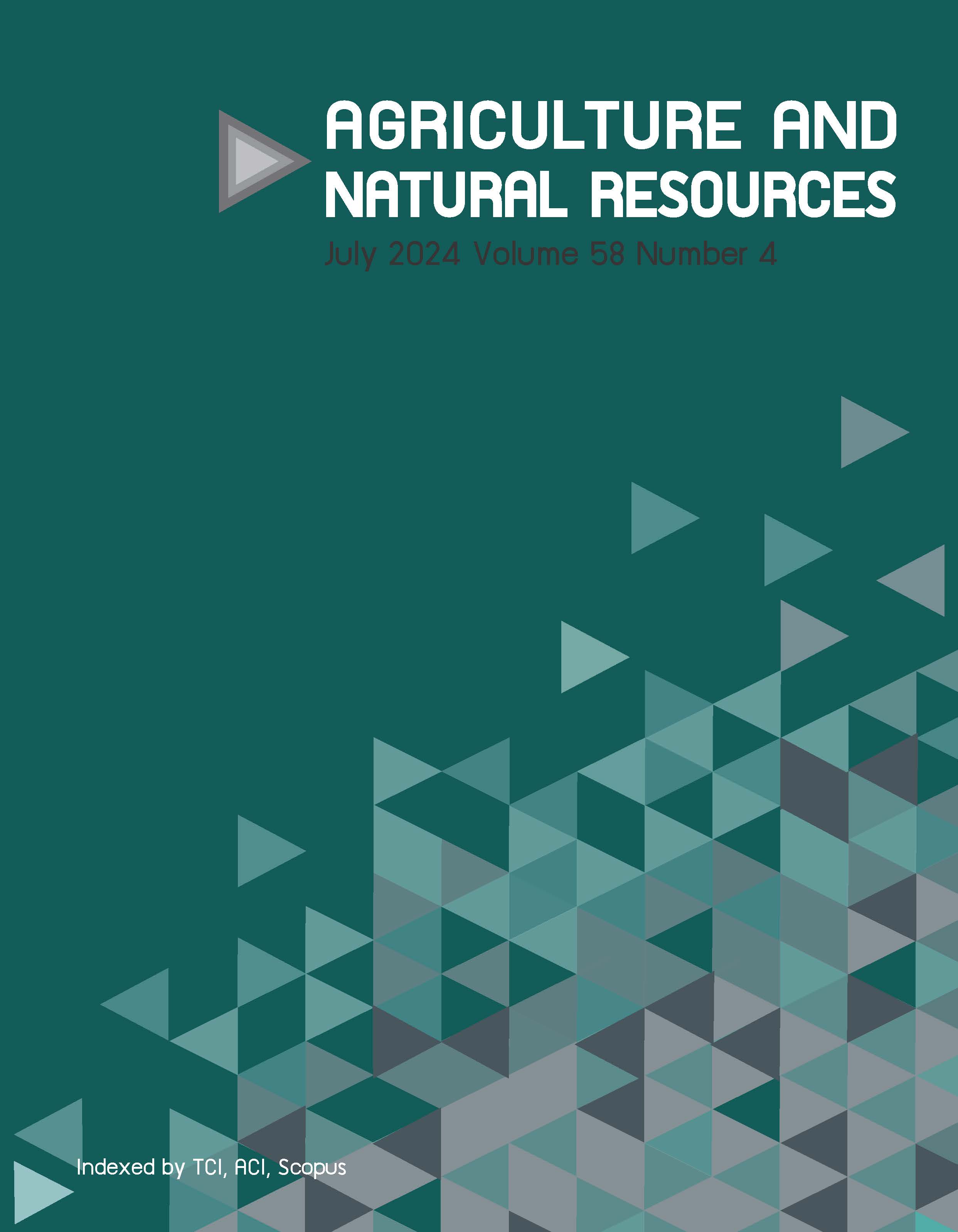Pathogen discovery in ancient cattle remains: Possible cause of taurine extinction in Thailand
Keywords:
Cattle extinction, Dvaravati period, Pathogenic bacteria, Pathogenic virus, Species identificationAbstract
Importance of the work: Taurine was domesticated in Thailand during the prehistoric period; however, today, zebu is the only traditional cattle species in this country. The findings of the current study suggested that the extinction of Thai taurine may have been caused by an epidemic of one or more infectious diseases.
Objectives: To identify cattle species and to reveal pathogens in ancient cattle remains in Thailand during the Dvaravati period. Materials & Methods: Firstly, the cattle remain was identified by morphology. DNA sequencing of ancient cattle remains was performed using Illumina and then the sequences were used to identify cattle species and to classify pathogenic bacteria and viruses based on genome mapping.
Results: The cattle remain belonged to taurine or a hybrid between taurine and zebu. Moreover, several microbes causing death in cattle were detected among 26 pathogenic bacterial species and 5 pathogenic viruses that can infect cattle and other mammals, such as humans, including Yersinia sp. which has killed millions of humans in the past. Certain bacteria detected in this study, such as Campylobacter sp., can lead to difficult pregnancies and abortion in cattle and humans.
Main finding: The cattle remain may have been from a taurine-zebu hybrid, suggesting that zebu may have been introduced into Thailand in the Dvaravati period. Several pathogens causing death in cattle, detected in the current study, have circulated in the cattle population since the Dvaravati period and some of these may have caused the extinction of taurine in Thailand.
Downloads
Published
How to Cite
Issue
Section
License
Copyright (c) 2024 Kasetsart University

This work is licensed under a Creative Commons Attribution-NonCommercial-NoDerivatives 4.0 International License.
online 2452-316X print 2468-1458/Copyright © 2022. This is an open access article under the CC BY-NC-ND license (http://creativecommons.org/licenses/by-nc-nd/4.0/),
production and hosting by Kasetsart University of Research and Development Institute on behalf of Kasetsart University.







